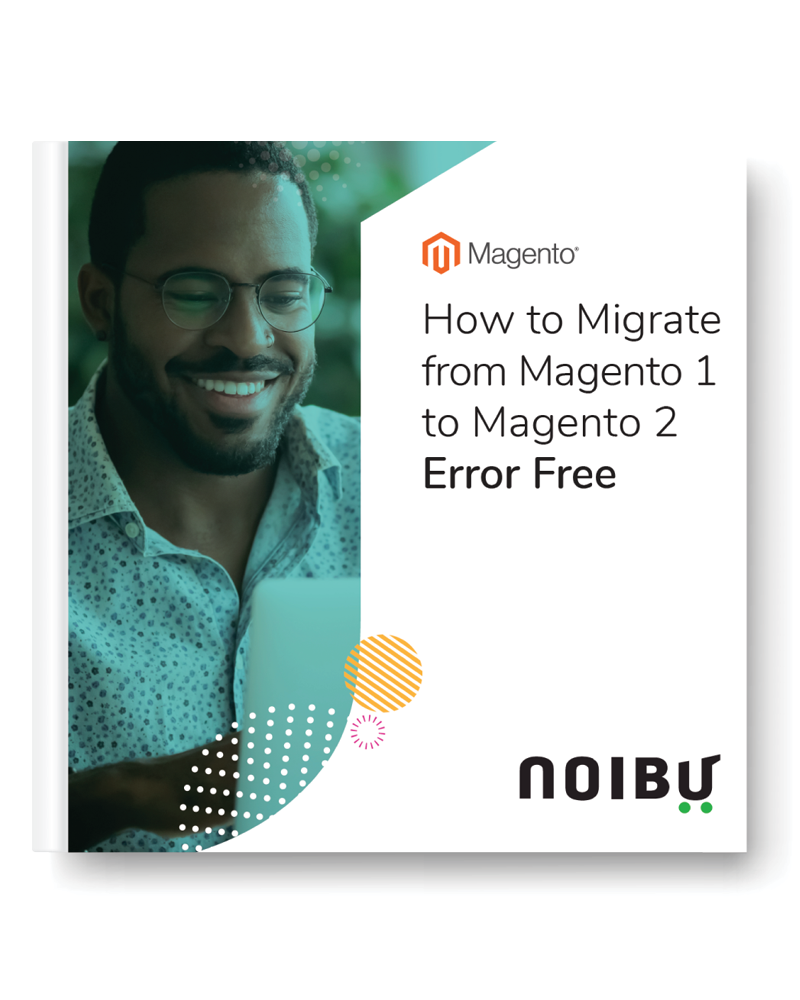When the Magento 1 platform was released in 2008, it gave great opportunity for businesses to build themselves online. Magento 1 was a good starting point for setting up an online store however, Magento will only be offering online support for the platform until June 2020. This means that eventually, your company must migrate from Magento 1 to Magento 2. We are aware of the comforts that come with staying on the old platform – it’s familiar and has worked for the past 11 years. Although, there are plenty of benefits that come with switching to the Magento 2 platform which was released in 2015.
Some of the benefits of switching platforms according to ServerGuy.com include architectural differences, speed and performance improvement, allowance of overlapping extension codes, an easy dashboard, SEO and security and accurate pricing for the new features you are gaining access to.
1. Understand how migration works
The migration process can seem quite tricky at first glance, but by taking the appropriate steps and knowing your stuff, it can be made simple. On the Magento website, they give a step by step instruction guide on the ins and outs of migration. First you must understand the different modes that are present. Each mode is specific to a certain part of the migration process. The settings mode is in charge of website related settings that would affect the configuration of your site. The data mode migrates the database itself. Lastly, delta moves data that changes over time like your customers and your sales. Ultimately, it is in charge of components that are not stagnant. Within each of these modes, there are also three checkpoints that must be reached before moving to the next step. These steps are called stages and they include the integrity check, data transfer and volume check stages.

You can learn more about this process by checking out the instructions from the Magento website linked below:
https://devdocs.magento.com/guides/v2.3/migration/migration-overview-how.html
2. Ensure you test on a staging environment before going live with production site
Yes, it is very exciting launching a new site. But don’t get too excited. By going live on your site it means that there is a greater chance that your customers will experience errors. This is why it is recommended to test on a staging site first. Staging sites are important because they are not available to the public. In this way, you can make as many changes as you want and take your time to experiment with it. The hassle that comes with avoiding using a staging site is that it can jeopardize your customer’s experience. It isn’t worth risking to launch with a production site without first testing on a staging environment. In fact, according to PwC, 32% of customers stop doing business with a brand after one bad experience. In todays world, it is easy for consumers to find what they are looking for elsewhere. Therefore, having a faulty customer experience comes with major consequences that can impact your business greatly. Take the time necessary and test rigorously the functionality of your ecommerce website before going live.
3. Use an error monitoring software to ensure your new site is error free
You’ve successfully stress tested your staging site and are now ready to go live on your production site. But wait, we recommend that you install an error monitoring software to ensure that any issues that may have slipped by the staging testing process are caught and resolved in a timely manner. Many issues can arise during a website migration and the only way to ensure a smooth transition is to continue monitoring progress post deployment and action any errors that arise. Noibu allows you to monitor your website post deployment and then receive reports on any critical issue that is detected. These reports are user friendly and do not require technical knowledge to read. Equipped with priority suggestions and revenue impact per error, you’ll be equipped to prioritize and fix any errors that may be impacting your customer experience post migration.

Conclusively, the switch from Magento 1 to Magento 2 is a big one but hopefully with these tips it can ease the process. We recommend making the switch sooner rather than later because of the lack of support that will be offered by the company after June 2020. Best of luck!



